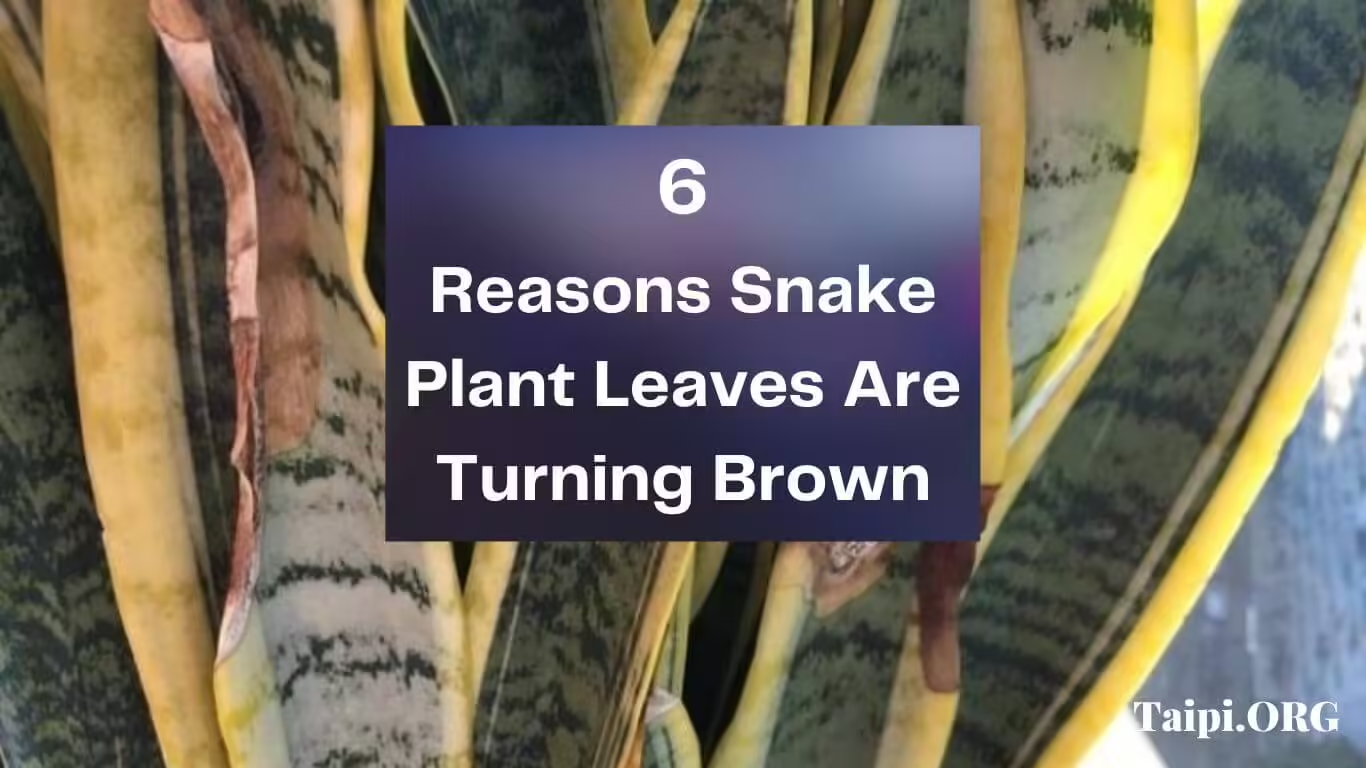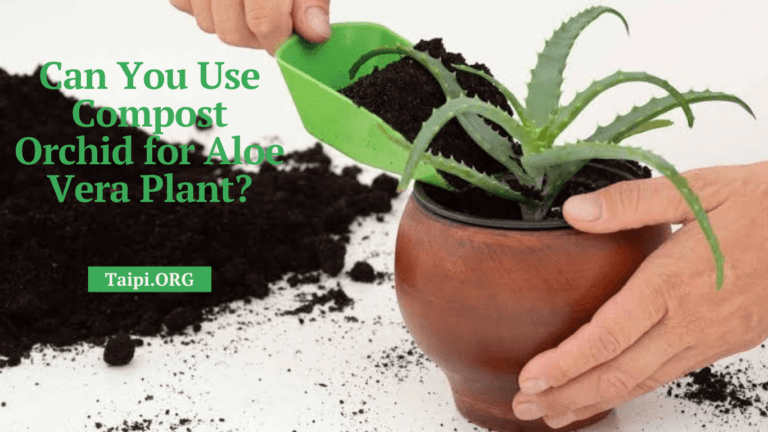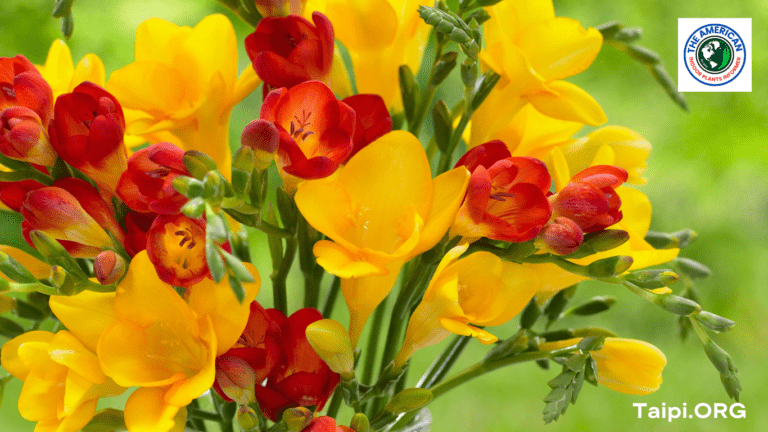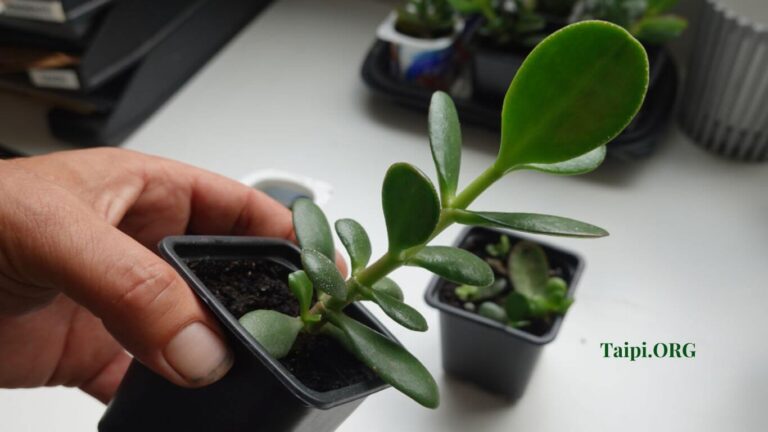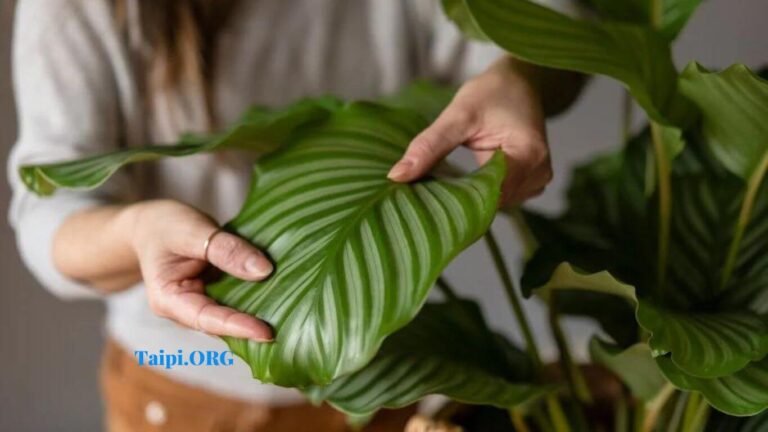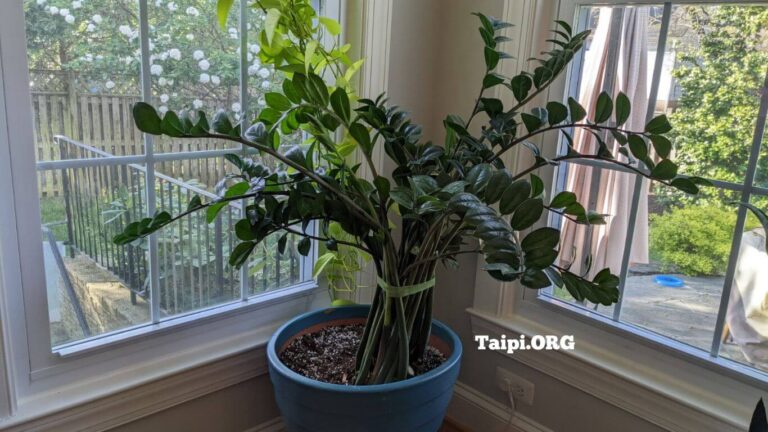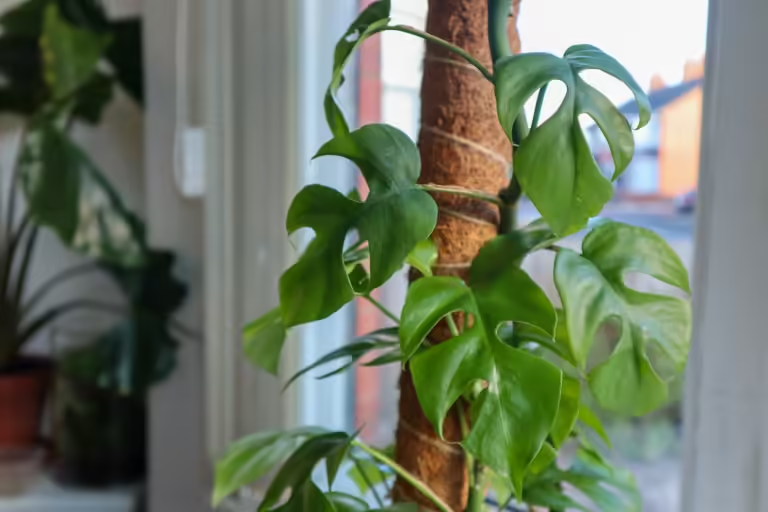Why Are My Snake Plant Leaves Turning Brown?
SNAKE PLANTS are popular houseplants known for their resilience and air-purifying qualities. However, as sturdy as they are, they can sometimes encounter issues like leaves turning brown. Understanding the causes behind this browning can help you better care for your plant and restore its health.
So, you may ask, why is my snake plant turning brown?
The Short Answer Is
Snake plant leaves may turn brown due to improper watering practices, exposure to direct sunlight, temperature stress, pest infestation, or diseases.
But there are additional reasons why snake plant leaves keep turning brown and soft. Those reasons are part of what I now call a detailed answer. As such, I will break down this article into six reasons that form the long answer.
6 Reasons Why Snake Plant Leaves Are Turning Brown

Now let’s look at the six reasons why your snake plant leaves may turn brown and soft despite your efforts of keeping the plant healthy.
1. Insufficient Watering
Snake plants are drought-tolerant and prefer to dry out between waterings.
However, if they go too long without water, their leaves may start to turn brown, especially at the tips or edges.
This occurs because the plant is pulling moisture from older leaves to sustain new growth.
To solve this problem, regularly check the soil moisture and water when the top inch feels dry to the touch.
2. Overwatering
On the flip side, overwatering can suffocate the roots and lead to root rot, causing brown, mushy leaves. This often happens when the soil remains consistently wet or water accumulates in the plant’s pot.
Always, ensure proper drainage and allow the soil to dry out slightly between waterings to prevent overwatering.
3. Light Exposure
Although Snake plants thrive in bright, indirect light, they can also tolerate low light conditions.
However, prolonged exposure to direct sunlight can scorch their leaves, causing them to turn brown or develop yellow spots.
If your plant is situated in a spot with intense sunlight, moving it to a more shaded location can prevent leaf damage.
4. Temperature Stress
Extreme temperature fluctuations can stress snake plants, leading to browning foliage. These lush plants prefer temperatures between 60-85°F (15-29°C) and are sensitive to cold drafts or sudden temperature drops.
Ensure you do not place your plant near drafts or heating/cooling vents that may subject it to temperature extremes.
5. Pest Infestation
Pests like spider mites, mealybugs, or scale insects can infest snake plants, sucking sap from the leaves and causing them to turn brown or develop yellow spots.
Always, inspect your plant regularly for signs of pest infestation, such as webbing, sticky residue, or visible insects. Treat any infestations promptly with natural or chemical pest control methods.
6. Diseases
Fungal or bacterial diseases can also cause brown spots or patches on snake plant leaves. These diseases often thrive in damp conditions, so proper watering practices are essential to prevent their development.
If you suspect disease, trim away affected foliage, improve air circulation around the plant, and avoid overhead watering to reduce moisture on the leaves.
Frequently Asked Questions (FAQs)
Q: My snake plant’s leaves are turning brown. What should I do?
A: First, assess your watering routine. Ensure you’re not overwatering or underwatering your plant. Adjust watering frequency based on soil moisture. Check for proper drainage in the pot. Additionally, evaluate light exposure and temperature conditions. Avoid direct sunlight and extreme temperature fluctuations. Inspect the plant for signs of pests or diseases, and take appropriate measures for control.
Q: Can brown leaves on my snake plant be saved?
A: It depends on the extent of the damage. If only the tips or edges are brown, you can trim the affected parts with clean scissors or pruning shears. Ensure to make clean cuts to prevent further damage. However, if a significant portion of the leaf is brown or mushy due to overwatering or disease, it’s best to remove the entire leaf. Focus on providing optimal care conditions to encourage new growth.
Q: How can I prevent my snake plant’s leaves from turning brown?
A: To prevent brown leaves, maintain a consistent watering schedule, allowing the soil to dry out slightly between waterings. Ensure proper drainage in the pot to prevent waterlogging. Place the plant in bright, indirect light and avoid direct sunlight exposure. Maintain a stable temperature range without extreme fluctuations. Regularly inspect the plant for signs of pests or diseases and address any issues promptly. Finally, avoid using chemical fertilizers excessively, as this can lead to salt buildup in the soil, causing leaf browning.
Key Takeaway
Improper watering practices, such as watering too frequently or allowing the soil to remain soggy, are common causes.
Ensure the plant receives moderate indirect light, avoid extreme temperature fluctuations, inspect regularly for pests or diseases, and adjust watering habits to prevent brown leaves.
Final Words on Snake Plant Leaves Turning Brown
Understanding the reasons behind brown leaves on your snake plant is crucial for providing proper care and ensuring its health and vitality.
By addressing factors such as watering, light exposure, temperature, pests, and diseases, you can help your snake plant thrive and maintain its vibrant green foliage.
Regular monitoring and adjustments to your care routine will contribute to a healthier and more beautiful plant.

